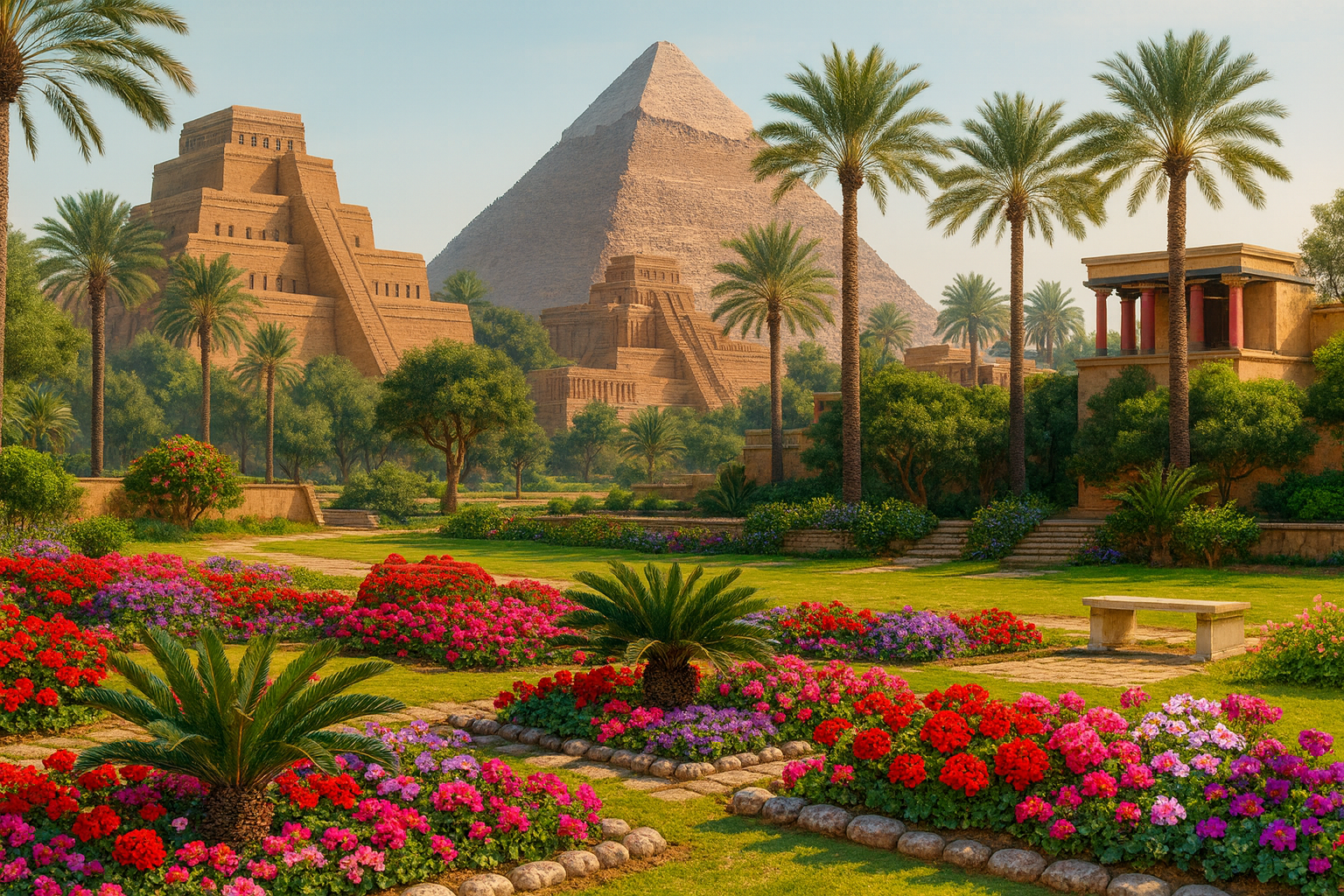Proverbs and traditional sayings are timeless treasures of our cultural heritage. Think of them as tiny time capsules—compact expressions of wisdom passed down through generations. They capture age-old experiences and lessons, remaining relevant even today because human challenges and triumphs often remain the same.
These phrases serve as a powerful, accessible way to share values, moral lessons, and practical advice. They help us better understand the world, sharpen our critical thinking, and enrich conversations with wit, color, and emphasis.
In essence, proverbs are part of a nation’s cultural identity—a wealth of knowledge and experience etched in words.
The Story Behind “Veni, Vidi, Vici”
One Latin phrase you’ve likely heard more than once is “Veni, vidi, vici.” But what does it really mean, and where does it come from?
Translated, it means “I came, I saw, I conquered.” The phrase is famously attributed to Julius Caesar, who supposedly used it in a letter to the Roman Senate around 47 BCE. This followed his swift and decisive victory over Pharnaces II of Pontus at the Battle of Zela—a campaign so rapid and effective that Caesar summed it up in just three words.
The phrase appears in several ancient sources, including Appian’s Roman History, as well as Plutarch’s Life of Caesar and Suetonius’s The Twelve Caesars. Plutarch notes that Caesar used the phrase in a message to a friend named Amantius in Rome, while Suetonius writes that Caesar even displayed the phrase as a banner during his Pontic triumph.
The succinctness of “Veni, vidi, vici” perfectly captures the spirit of a swift, unstoppable conquest—making it a go-to phrase even today to describe effortless victories or quick, impressive wins in modern life.
Why Phrases Like This Matter
Expressions like “Veni, vidi, vici” aren’t just memorable—they're windows into history and culture. They reveal how people once thought, communicated, and related to their world. Passing these sayings down ensures that the essence of those eras—along with their wit and wisdom—continues to inspire future generations.
They remind us that while times change, the human spirit—and its pursuit of triumph—is timeless.







